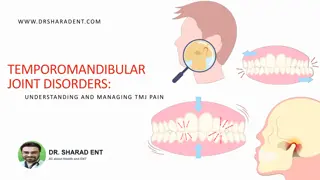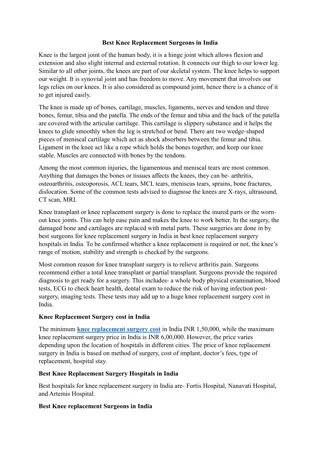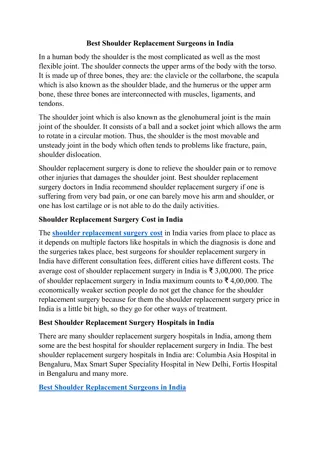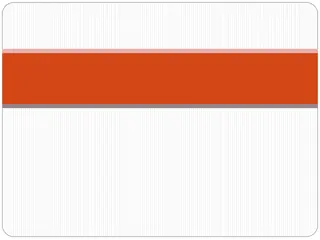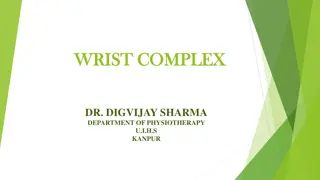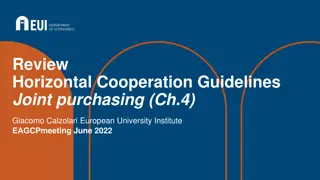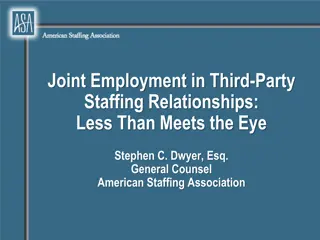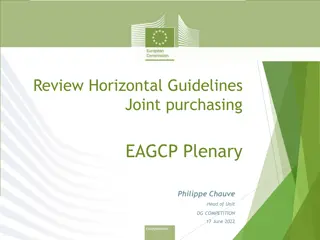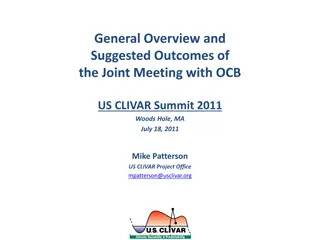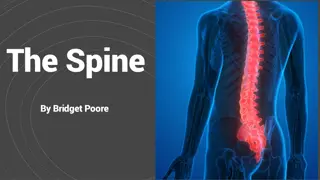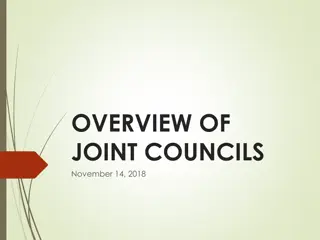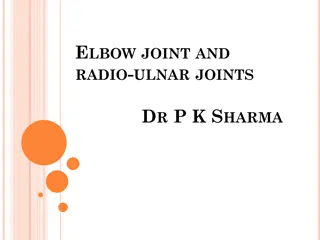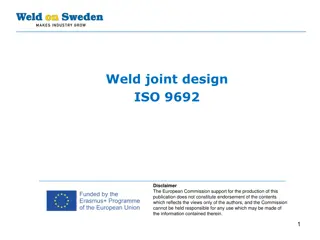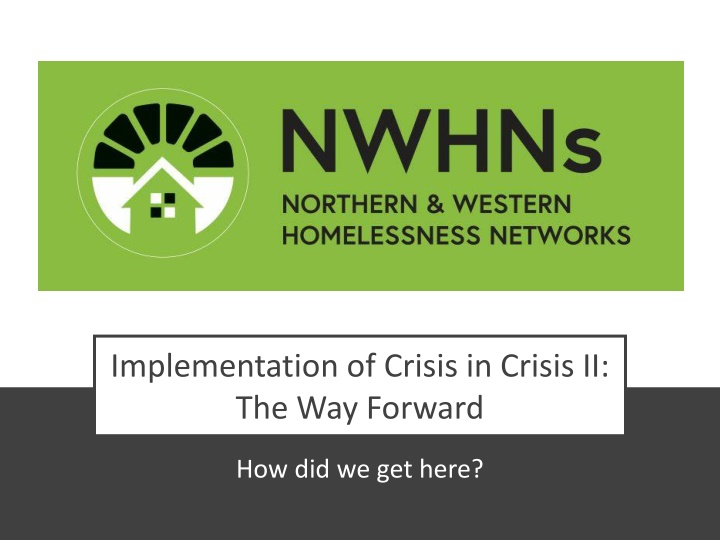
Crisis II: Understanding Safety Perceptions in Accommodation Settings
Explore the findings from the 2017 Consumer Survey regarding safety perceptions in various accommodation types. Discover consumer preferences for emergency housing and insights into ideal crisis accommodation qualities.
Download Presentation

Please find below an Image/Link to download the presentation.
The content on the website is provided AS IS for your information and personal use only. It may not be sold, licensed, or shared on other websites without obtaining consent from the author. If you encounter any issues during the download, it is possible that the publisher has removed the file from their server.
You are allowed to download the files provided on this website for personal or commercial use, subject to the condition that they are used lawfully. All files are the property of their respective owners.
The content on the website is provided AS IS for your information and personal use only. It may not be sold, licensed, or shared on other websites without obtaining consent from the author.
E N D
Presentation Transcript
Implementation of Crisis in Crisis II: The Way Forward How did we get here?
Consumer survey 2017: Findings 2017 Consumer Survey: Findings Average safety score Average safety score Males Average safety score Females Trans safety score Overall (1 respondent) Caravan Park 34% 33% 41% NA Crisis facility like Flagstaff, Southbank or Ozanam House 66% 66% 97% 80% Hostel 36% 37% 34% 50% Hotel 46% 54% 39% 94% Motel 48% 49% 47% 51% Refuge 72% 67% 81% 100% Rooming or Boarding House 33% 34% 35% 100% Table 16: Perceptions of safety by accommodation type If you have ever stayed in any of these places, how safe did you feel? (Score out of 100) 0 = I was terrified (0%), 1 = Unsafe (25%), 2 = It was okay (50%), 3 = Safe (75%), 4 = I felt very safe (100%) In caravan parks, hostels, hotels and rooming houses, consumers rated they felt unsafe to below OK.
2017 Consumer Survey: Findings continued 20. What would your ideal sort of emergency or crisis accommodation be like? Major themes for female respondents Major themes for male respondents Affordable Own space and private Safe & secure Supported Less restrictive (on accessing crisis accom, on length of stay, gender specific) A home (permanency) Safe & secure Clean Appropriate for children Spacious and private Private Good facilities kitchen Supported
If you had the choice would you prefer your own self-contained space (even if it was very small) or would you prefer living with others with support on site? If I had a choice of where to live.. 100% 89% 90% 85% 78% 80% 70% 60% 50% 40% 30% 22% 20% 15% 11% 10% 0% Both Genders Male (% males) Female (% females) Living in my own contained space Living with others with support on-site Living in my own contained space 123 (85%) 57 (78%) 64 (89%) Living with others with support on-site 22 (15%) 16 (22%) 8 (11%) No response Both Genders Male (% males) Female (% females) 18 2 (4%) 4 (5%)
2017 HEF findings HEF spend on emergency accommodation 2017: Melbourne's north and west Total HEF $s 2017 Total HEF assists 2017 Average cost per assist Accommodation The Palms $488,960 3090 $158.24 Parkside Inn WEST CITY MOTEL $273,219 610 $447.90 $268,336 822 $326.44 Coburg Motor Inn $224,004 691 $324.17 SLM/Northwestern Accom $185,050 687 $269.36 Stay Inn MONTE NILLA MOTOR INN $144,492 697 $207.31 $116,005 328 $353.67 Best Western Mahoney's Motor Inn Park Squire Motor Inn $82,675 183 $451.78 $71,261 72 $989.74 City East Motel $70,542 99 $712.55 Nicos backpackers $40,062 209 $191.68 Footscray Motor Inn $37,609 81 $464.31 Hume Villa Motor Inn $34,633 77 $449.78 William T Onus $28,040 118 $237.63 Bell City Hostel + Collingwood $22,645 61 $371.23 $21,445 75 $285.94 Redan Apartments $21,128 74 $285.51 Greensborough Comfort Inn $20,830 45 $462.89
2018/19 Rating scale development Across the NWLASNs top 40 in 2018-19, 40% of all HEF went to private providers rated overall at 1.0 ( Does not meet expectations ) at a total cost of $909,385, this represented 54% of all assists to purchased emergency accommodation. Just 7% of HEF went to providers rated at 3.0 ( Meets expectations), representing less than 3.4% of all assists. NWLASNs 'Top 40' Accommodation Providers HEF Spend by Provider Rating $1,168,550 NWLASNs 'Top 40' Accommodation Providers Assists by Provider Rating $909,385 4212 3360 $157,851 266 12 20 4 22 12 4 1.0 - Does not meet expectations 2.0 - Barely meets expectations 3.0 - Meets expectations 1.0 - Does not meet expectations 2.0 - Barely meets expectations 3.0 - Meets expectations Total assists Number of providers Total HEF spend Number of providers
Embargo From 1st March 2020 the Northern and Western Homelessness Networks boycotted one of the private accommodation providers, variously known as SLM, DS Leasing, North West Accommodation and McDON. Preparation for the boycott included correspondence and meetings with: Department of Justice, Local Councils, development of a frequently asked questions document, a stakeholder information sheet and circulation of an information sheet to members of Parliament. In 2018/19 year, the homelessness sector in the North and West referred 1,426 people to rooming houses. Nearly 50% of these referrals (649 or approximately 12 a week) were to rooming houses that we are now boycotting. (I believe that this covers about 35 rooming houses.) Since the boycott, the number of private rooming houses in Brimbank has dropped by 12.
2019/20 Crisis Accommodation Options Project Funded by DFFH, in response to Crisis in Crisis 2 project workers for 12 months 190 page report Context Context: Housing Establishment Funds (HEF) Context: Crisis Supported Accommodation (CSA) Facilities Context: Demand vs Capacity Project Findings Pre-Pandemic Mapping of Existing Crisis Accommodation Options Exploration of New Options Outcomes and Support Pathways for those Assisted with HEF Changes to the System during COVID-19 Emergency Accommodation Responses During the Pandemic Period: Accommodation Options Mapping Emergency Accommodation Responses During the Pandemic: Demographic Data Motel Use during the Pandemic Period: The Client Experience Motel Use during the Pandemic Period: Feedback from IAP Staff and Coordinators Motel Use during the Pandemic Period: Feedback from Providers Further Feedback from IAP Workers and Coordinators on Pandemic Period EA Response (IAP Motel Use Survey) Key Findings from the Pandemic Period: What did changes in response to the pandemic teach us about the current model? The End of the Pandemic Response Looking Toward Alternatives The wider Australian context: reviewing crisis accommodation responses in other jurisdictions. An example from further afield: Ireland A local alternative: the McAuley House Essendon proposal
CAOP findings The response to the pandemic showed us that changes to the current system have the potential to ameliorate some of the trauma experienced by people who are placed in emergency accommodation. One of the most significant examples of this was the establishment of the Hotel Emergency Response, which involved the placement of support, health and security staff onsite in high use hotels. This was identified by consumers, support workers and hoteliers as a significant improvement to the safety and responsiveness of this accommodation. Increasingly families are provided with a more comprehensive response to facilitate successful housing outcomes beyond temporary accommodation. Many single-person households repeatedly churning through the system without a meaningful resolution to their lack of housing. In line with the Guidelines, services are often forced to prioritise HEF assistance to those deemed most likely to achieve a housing outcome. This disadvantages single-person households, who frequently cannot even enter the system on the basis that they are unlikely to be able to access a longer term support or housing outcome. The Sector lacks detailed information on the private options it uses, with significant divergence of perceived quality and suitability across services. By the Sector s own rating system, the vast majority of the accommodation purchased with HEF is considered inappropriate and unsafe accommodation.
CAOP Findings continued The possibility of rapidly repurposing existing properties for use as crisis supported accommodation has been demonstrated in the establishment of the COVID Isolation Recovery Facility (CIRF) facilities during the pandemic - with the support of government, there are likely to be further opportunities to utilise existing residential or commercial properties in the aftermath of the pandemic. The response to the pandemic showed us that changes to the current system have the potential to ameliorate some of the trauma experienced by people who are placed in emergency accommodation. One of the most significant examples of this was the establishment of the Hotel Emergency Response, which involved the placement of support, health and security staff onsite in high use hotels. This was identified by consumers, support workers and hoteliers as a significant improvement to the safety and responsiveness of this accommodation. Even with this significant investment and the investment of the historic Housing Big Build, the provision of emergency accommodation will always be required as part of the ongoing system response. Overall, the Crisis Accommodation Options Project has reinforced the final conclusions of the Crisis in Crisis report: * it is unrealistic to expect a private, for profit Sector to appropriately respond to the needs of those in crisis and that the Sector s reliance on low end accommodation, which is rated as inappropriate and unsafe , is exacerbating the trauma experienced by consumers; and that * provision of emergency accommodation, particularly in the absence of sufficient support capacity, contributes to churn amongst those experiencing homelessness and is not contributing the achievement of appropriate long-term housing outcomes.
CAOP Recommendations 24 recommendations/4 key recommendations that the Sector can lead: Rec 5: That, in any update to the HEF Guidelines, the Department include a definitive statement regarding the use of HEF for accommodation that is appropriate to varying client need, including clear definitions, using the rating scale, of what is considered appropriate. Rec 9: That the Department resourcing be provided to enable comprehensive implementation of the rating system for private accommodation providers (see Recommendation 10). Practice principles for application of the rating system would include: i. That resourcing enables assessment of any potential new providers against the rating scale. ii. That accommodation purchased by services within the NWLASNs aims to meet a rating of 3 ( Meets expectations ). iii.That services within the NWLASNs agree to cease referral of households to private accommodation providers with a rating of 1 ( Does not meet expectations ). iv.That the required increase to the allocation of HEF takes into account the higher cost of purchasing better quality accommodation (see Recommendation 2). Rec 13:That NWLASNs Access Points cease the use of private rooming houses as a purchased accommodation option unless they meet a rating of 3. Clients residing in these rooming houses are to be offered proactive support to help them find alternate accommodation. Rec 22:That the Sector and Department prioritise the procurement of emergency accommodation options with self-contained facilities.
Implementation of recommendations Northern and Western LASNs signed off recommendations in December 2020. Report sent to DFFH January 2021 Crisis in Crisis Working Group drafted implementation options LASNs considered options in August 21 Crisis in Crisis Working Group developed vision statement to identify LASNs aspirations. Joint LASN meeting: LASNs to plan implementation priorities and strategies.
Pre Implementation activities How can the LASNs move toward implementation in a manageable way? The Crisis in Crisis Working Group recommends four pre implementation activities: Further development and implementation of a rating scale How can we implement a rating scale? A consumer survey to explore the consumer perspective on crisis accommodation options What do we want to know from consumers that will assist our decision making? Documentation of the barriers to implementation How do we explore and address these barriers? Advocacy What do we want to advocate for? HEF Guidelines

